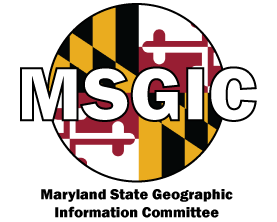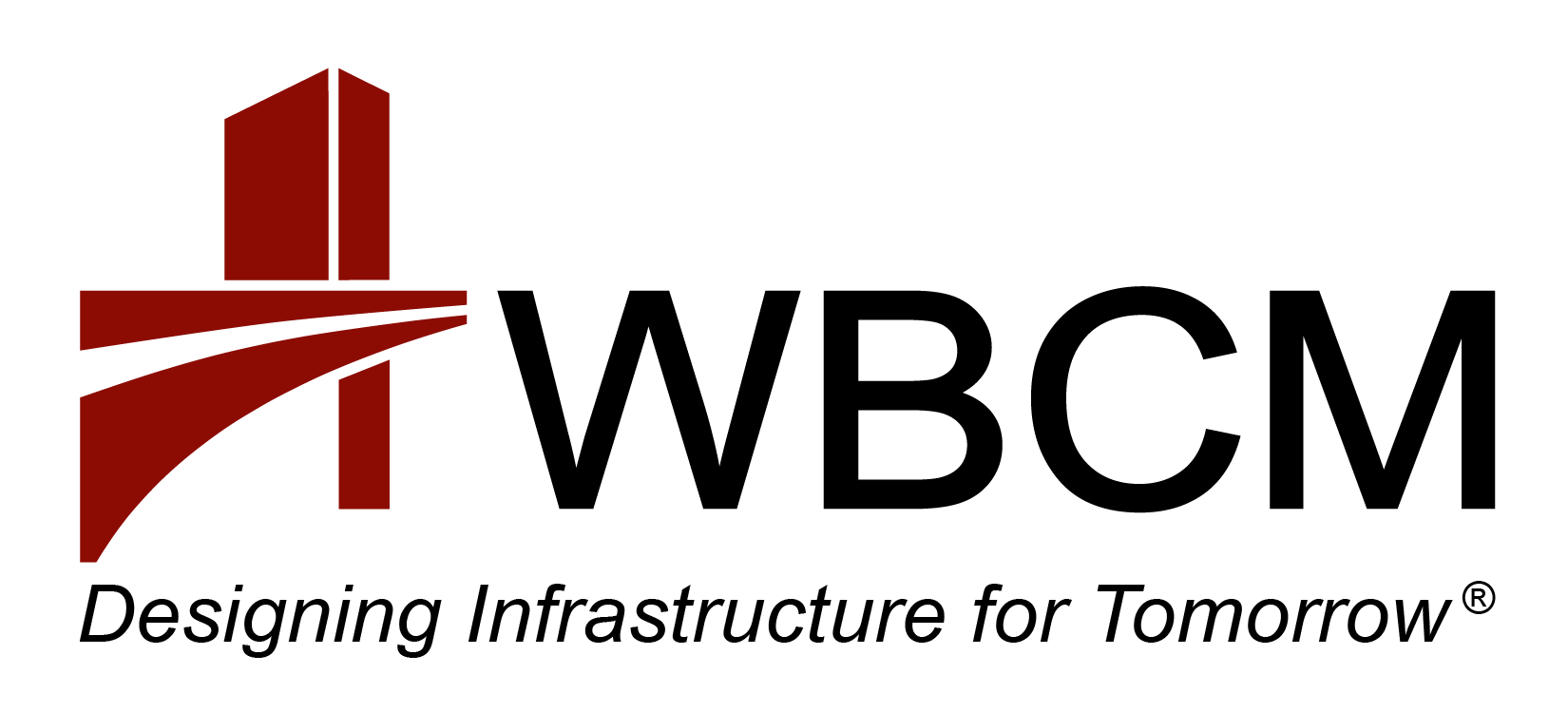The 2018 Maryland Board of Regents’ Excellence in Teaching Award.
An impressive name for an equally prestigious honor, and only awarded to four teachers in the entire University of Maryland System. This year, a particularly gifted and highly respected teacher is being recognized for his commitment to teaching, professional development and strategic vision, and he happens to be teaching GIS.
Dr. Arthur “Art” Lembo joined the faculty at Salisbury University in 2007 where he teaches Advanced GIS, Spatial Analysis, and GIS Programming among other topics. His teaching has been previously recognized by the State University of New York Chancellor’s Award for Excellence in Teaching. He also has experience outside of academia, having spent 10 years in private industry implementing large-scale geographic information systems for both the public and private sector, and was President of the American Society for Photogrammetry and Remote Sensing’s (ASPRS) Central New York Region.2
Nominees for this award came from all disciplines and educational backgrounds across 12 higher education institutions. The award is presented to a teacher with, “accomplishments in areas such as course development and pedagogy, direction of student research projects, leadership in teaching improvement, or mentoring of faculty to improve teaching.”1 Certainly the credentials of a strong, positive presence challenging students to think in innovate ways and leave their mark on the world.
During an interview with Art, we asked him to comment on why he finds teaching rewarding, who inspired him, and what advice he would share with the world:
- What aspects of teaching are the most rewarding to you personally?
The most rewarding part is working with young people, and watching education change their lives. I get to see them become excited about our field, work real hard to learn, and then see them actually move into a career where they have an impact on others. Education is the greatest ‘cloning’ machine out there. One day people are going to stop reading my books and papers, and at some point the code I write will stop running. But, the students who have been influenced by my teaching will carry that influence on to others long after I am gone.
2. GIS continues to expand into more and more disciplines, what do you believe is bringing students into your classroom?
I think your question kind of answers that: more and more disciplines. GIS is so multi-disciplinary. That also makes it rewarding too, as I work with biologists tracking turtle migration to atmospheric scientists tracking the effects of drought, to engineers modeling the performance of underground infrastructure after earthquakes. Everyday I seem to wake up and discover a new way to use GIS. The key as an educator is to make sure my courses include little snippets of all those ideas so that scientists can see how to integrate GIS into their work. It also helps when word gets out around campus that most of our GIS majors have job offers before they even graduate. I can’t tell you how many students from other majors come to my office and say I heard (or my professor told me) that knowing how to use GIS will help me get a job when I graduate. What is so cool is that students can integrate GIS into almost any discipline, even those that normally don’t have high employment rates. What better way to combat student loan debt than to give students the marketable skills to get a job, and more importantly, have a career.
3. Using GIS can get pretty complicated. Is there a way to shift a student’s perspective on GIS when they are frustrated or discouraged with the material?
I think the last question kind of answers that too. It is so important for students to understand they are not here to learn how to use GIS – they first have to fall in love with their discipline. They have to love turtles, or tornadoes, or earthquakes. They have to discover what problems they want to solve in their discipline. Once you are in love with something, you’re willing to put up with a lot of crap. If you are passionate about finding out how much phosphorous goes into the Chesapeake Bay, you’ll sweat, struggle, and fight with any difficulty GIS software throws at you because you are passionate about the answers that using GIS can afford you. That is what I try to model in my classes. That’s why I show all kinds of projects I’ve worked on in my 30 year career. To show students that solving problems is exciting. But that to be really good, you have to work through the frustrating parts. If that wasn’t the case, then everyone would be doing it.
4. Has there been a teacher or mentor who inspired you?
That’s an easy one. Paul Baumann from Oneonta State. I went to Oneonta State in 1983, and since I was from Long Island, naturally, I was a business major. I needed another elective and my friend said take Geography, I think you only need to know the state capitals and stuff like that. I kid you not, the first day I went up to Paul and asked him if the class would be easy. I was that lazy! After the first lecture, I said to myself I want to do this stuff for the rest of my life. I almost had trouble graduating because I took too many geography classes – they said I needed other electives! Paul was at the cutting edge in 1983, and we were using mainframe computers with line printers to perform GIS. It was infectious. That had such an impact on my life, and I have had Paul attend my graduation, wedding, he got to meet all my kids, and I made sure he was on my doctoral defense committee. You see, back in the 80’s, SUNY Oneonta was a place that ‘B’ students went and got inspired by their professors to do great things. I probably couldn’t get into Oneonta now with the grades I had back then. But it changed my life. That is why I said the most rewarding thing about teaching is watching changed lives. I’m a recipient of that process, and I love waking up every day and repeating it.
5. If you had one piece of advice to share, what would it be?
Love learning, and love people. It’s some of the greatest capital we have. Our money runs out, our bodies wear out, but people and knowledge continue. So, I want to invest in those inexhaustible supplies.
When asked about this honor going to a GIS teacher, the Maryland Geographic Information Officer, Julia Fischer stated
“I am thrilled for Art. This award recognizes both Art’s unparalleled value in the classroom and the innovative resource that GIS has become. Art is unequivocally an asset to his students and to the GIS community in Maryland.” – Julia Fischer, DoIT
Congratulations are in order for Dr. Lembo, for representing excellence in teaching, excellence in the geographic community, and inspiring students with GIS.
Sources:
1Board of Regents’ Faculty Awards
2Dr. Lembo – Salisbury University








